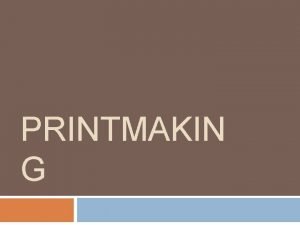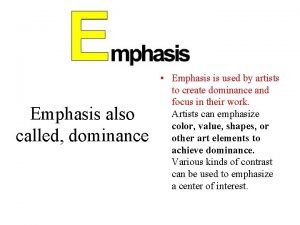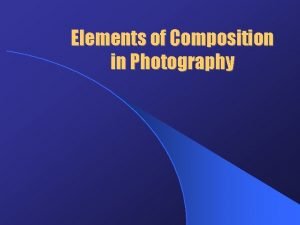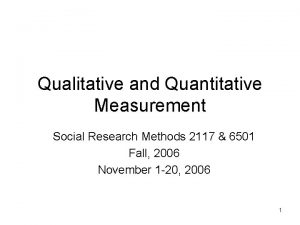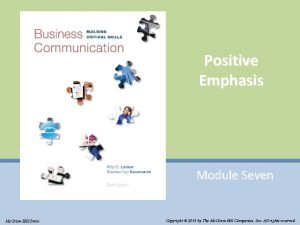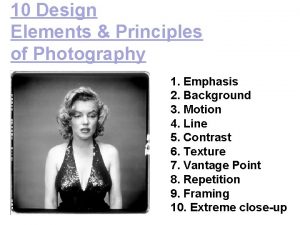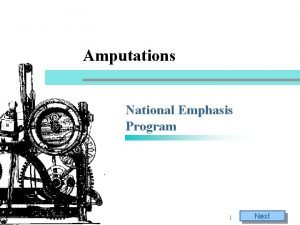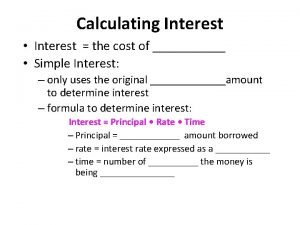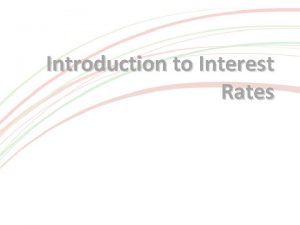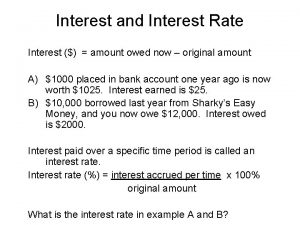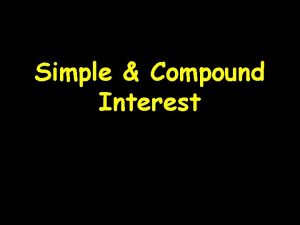PRINTMAKIN G Emphasis Center of Interest Emphasis is

















- Slides: 17

PRINTMAKIN G

Emphasis/ Center of Interest Emphasis is an area in an artwork that visually stands out from the rest of the piece • • Artists use center of interest to attract and hold a viewer’s attention The viewer often starts at a piece’s center of interest, moves around, and then ends back at the center of interest. We can create emphasis by the use of contrast and variety

Foam Plate Printmaking

Printmaking is… A type of art that uses an inked block or plate to print an image. This allows multiple printings, unlike drawing or painting.

Printmaking started in China The Chinese developed a printing technique called “woodcut” to print books of Chinese characters and images, around 100 AD.

Some Famous Printmakers are… Andy Warhol, 1960 s Albrecht Dürer, 1500 s

Some More Famous Printmakers… Chuck Close, 1986 Katsushika Hokusai, 1800 s

Your project is to carve a linoleum block

Things to Know… New Vocabulary Block: the foam/wooden/linoleum piece you carve Gouges: sharp tools used to carve out linoleum strips Print: an inked impression of your block, placed on paper (this is what you’ll turn in) Edition: lots of prints that

What does a linoleum cut look like? Lino cuts have simple lines • They are carved with sharp tools called ‘gouges’ • They print backwards – this is due to the printing process

More linoleum cut examples… These marks are called “chatter” and are left over from the carving process Some artists choose to leave more chatter than others

Choosing Ideas Linoleum Cuts use Line Things to Consider Your image will print backwards (mirrorimaged) There is no shading in linoleum cuts; only black or white (respectively) Your print is created by carving out lines It’s very difficult to put detail into a lino cut

Your Assignment (Foam Plate) Use images and create 2 -3 sketches showing what you will carve away (negative space) and what you will leave behind (positive space) Check off your print idea with Mr. Jensen Use a foam plate “block” to carve away the negative shapes and leave the positive shapes. Total of four prints (four/two to a page) Prints need to be clean, clear, well defined, and evenly inked

What not to do

What to look for in your “block”

Your Assignment (Linoleum) Use images and create 2 -3 sketches showing what you will carve away (negative space) and what you will leave behind (positive space) Check off your print idea with Mr. Jensen Set up carving block and check tools out with Mr. Jensen Use a linoleum “block” to carve away the negative shapes and leave the positive shapes. Total of four prints. One print per page/centered/ labeled. Prints need to be clean (no smudges or marks with clean edges), clear( lines and shapes are defined), well defined (ink does not fill in lines), and evenly inked.

LABEL YOUR PRINT NUMBER: 1/4, 2/4, 3/4, & 4/4 TITLE NAME
 Emphasis center of interest
Emphasis center of interest Also known as dominance
Also known as dominance Contoh word for word translation
Contoh word for word translation Compound interest meaning
Compound interest meaning Real vs nominal interest rate
Real vs nominal interest rate Effective interest rate formula
Effective interest rate formula Center of visual interest
Center of visual interest Educational emphasis
Educational emphasis Measure vs measurement
Measure vs measurement Primary and supporting instruments
Primary and supporting instruments Positive emphasis
Positive emphasis Design principles in photography
Design principles in photography Hypercommercialism
Hypercommercialism What does emphasis mean
What does emphasis mean Dan preece woodworking
Dan preece woodworking Repetition emphasis
Repetition emphasis Inversion with negative adverbials exercises
Inversion with negative adverbials exercises Discovery synoynm
Discovery synoynm
